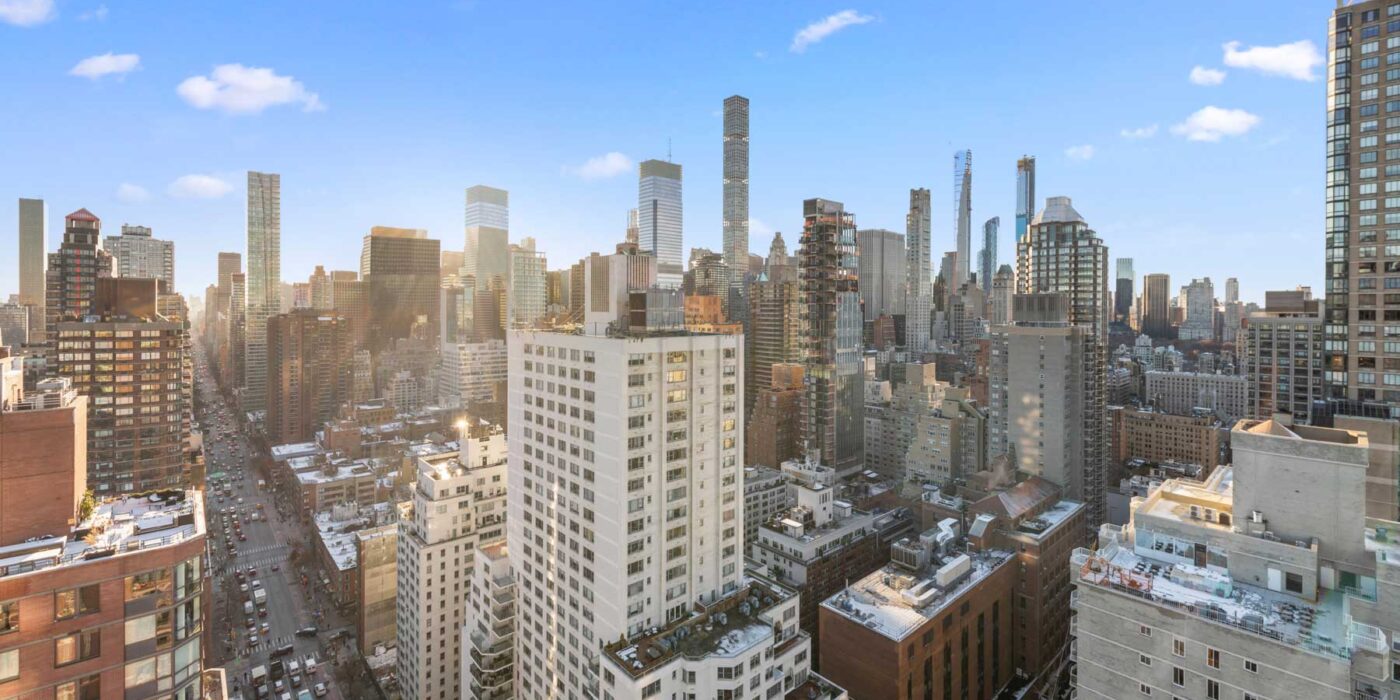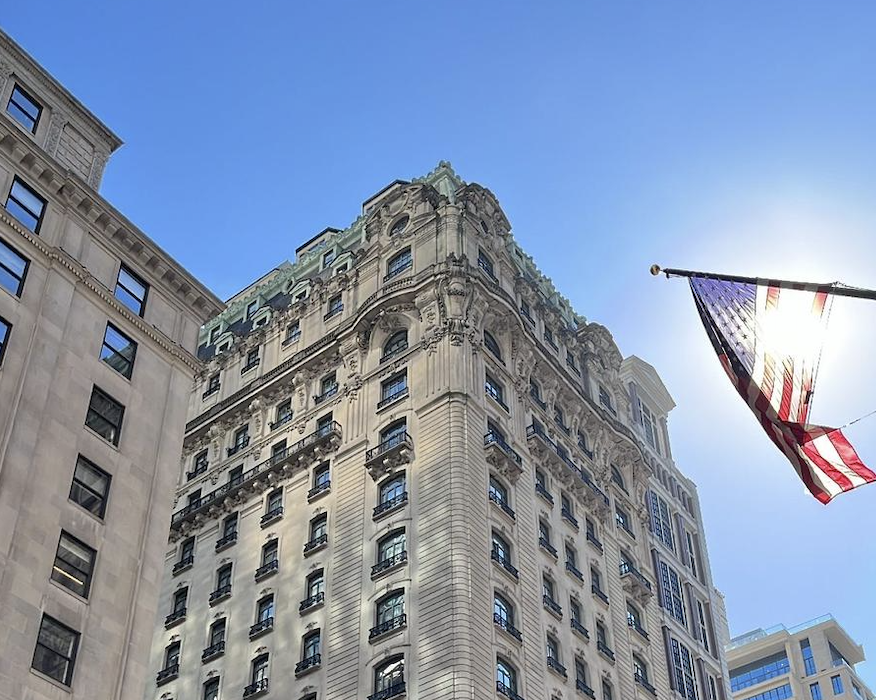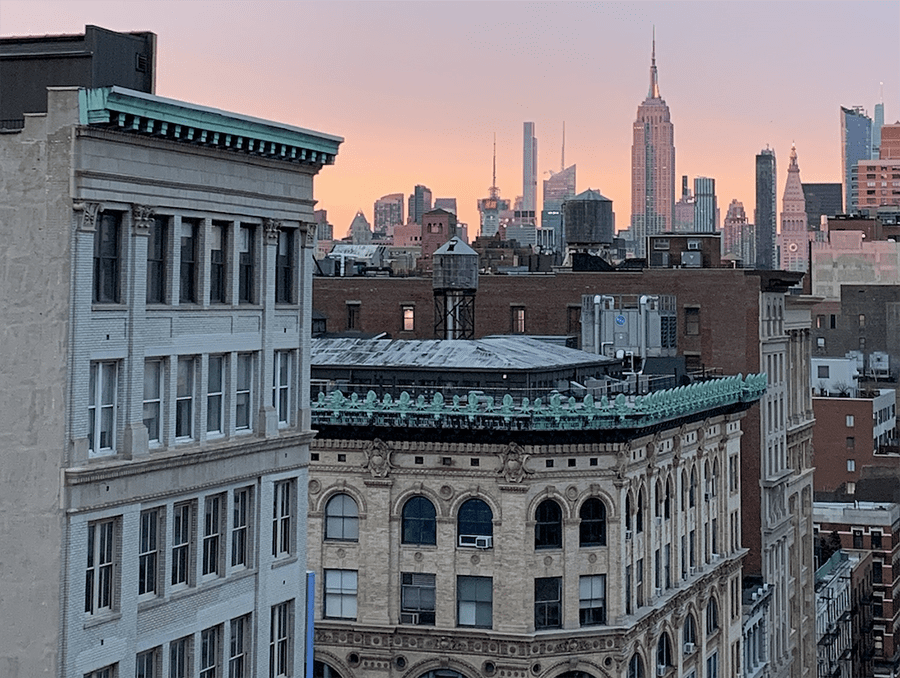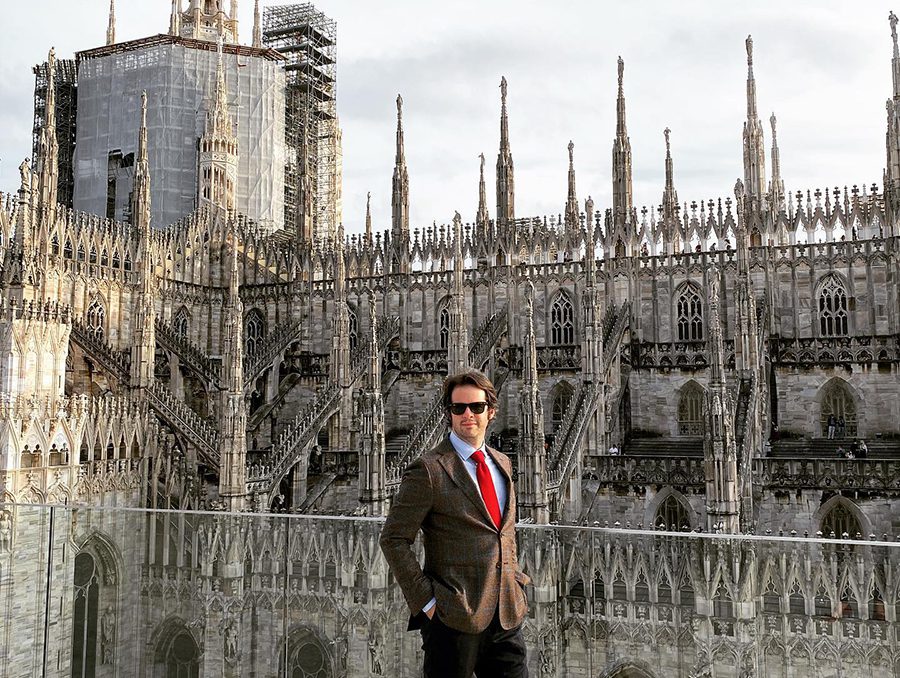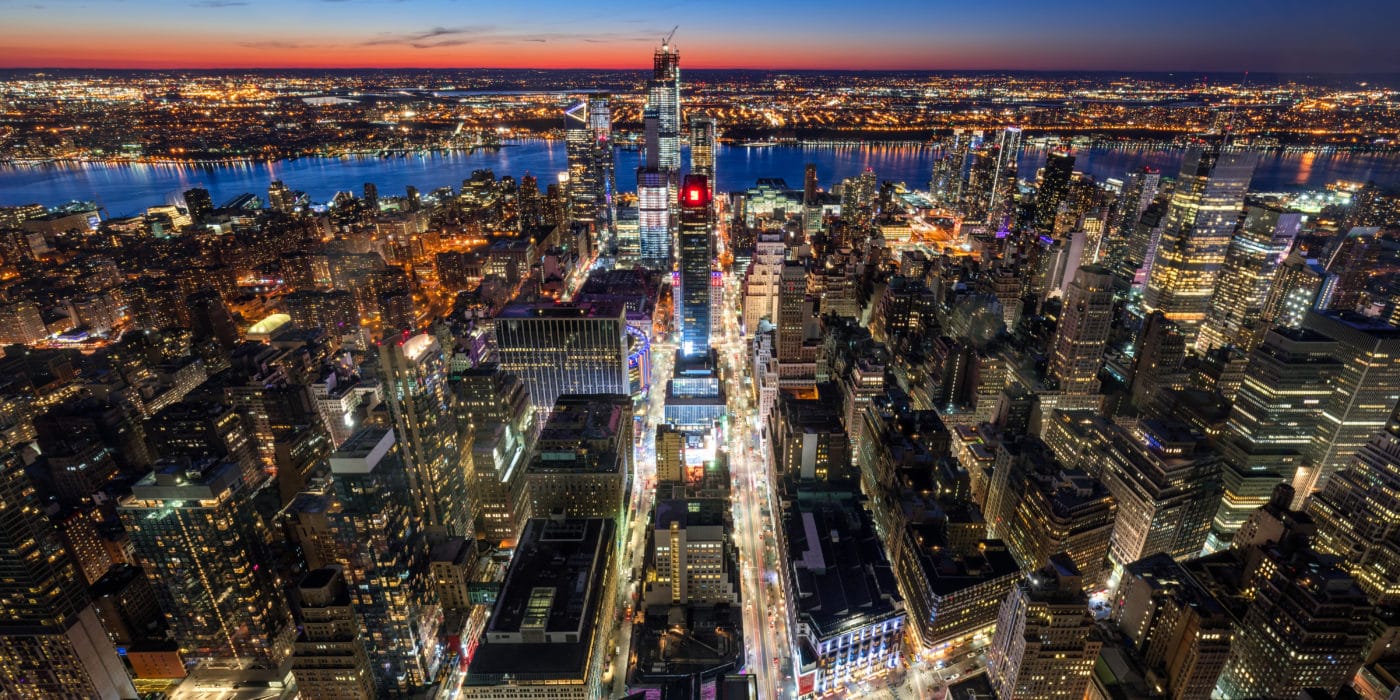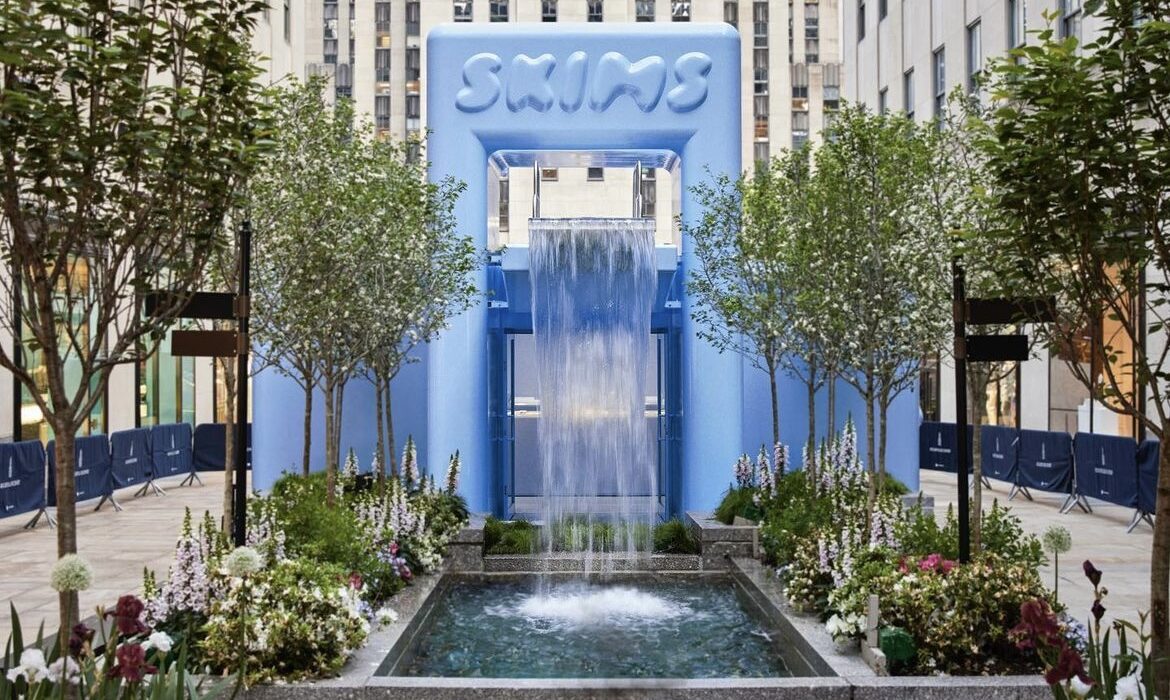From Fifth Avenue to Financial Freefall: Can Saks Global’s $350M Rescue Save America’s Luxury Retail Crown Jewels?
Saks Global’s Path Forward: Challenges Remain Despite $350 Million Financing Boost
The luxury retail giant faces an uncertain future as it navigates post-merger integration and financial headwinds.
The creation of Saks Global through December’s $2.7 billion merger of Saks Fifth Avenue and Neiman Marcus was meant to establish a dominant force in luxury retail. Instead, the combined entity has encountered significant financial turbulence, raising questions about its stability and the broader health of American luxury department stores.
The company’s troubles became apparent in April when it released preliminary 2024 financial results that spooked investors and sent its bond prices tumbling from par value to as low as 34 cents on the dollar. The disclosure revealed mounting vendor payment delays and liquidity concerns that threatened the retailer’s operational stability.
Relief came last week when Saks Global secured $350 million in new financing from SLR Credit Solutions, structured as a $300 million first-in, last-out facility plus a $50 million secured term loan for subsidiaries. The deal, expected to close by June 30, arrives just ahead of July vendor payment obligations that had been postponed from the previous year.
Bondholders Face Uncertainty Over Flagship Store Security
Adding complexity to Saks Global’s financial picture are questions surrounding the security backing its $2.2 billion bond issuance. Bondholders who believed their investment was secured by the iconic Saks Fifth Avenue flagship store are now questioning whether such protection actually exists.
“The bond documentation contains ambiguous language about what assets actually secure the debt,” explained Tim Hynes, global head of credit research at Debtwire. This uncertainty has prompted some bondholders to consider amendments that would clarify their position and potentially strengthen their claims.
The confusion has contributed to the dramatic decline in bond values and raised concerns about the company’s ability to service its debt obligations, including a looming $120 million interest payment.
Mixed Operational Results Amid Integration Efforts
Despite the financial pressures, Saks Global reported some positive developments in its first combined financial disclosure. CEO Marc Metrick highlighted progress in organizational integration and synergy realization, with the company identifying an additional $100 million in potential savings beyond its original projections.
The retailer now expects to achieve $600 million in synergies over five years, though this includes workforce reductions already underway. For fiscal 2024, the combined entity posted $7.3 billion in revenue, down 10% from the previous year, while adjusted EBITDA showed a $102 million loss.
Management attributed the weak performance to inventory constraints that limited product availability and broader economic headwinds affecting luxury consumer spending. With $700 million in available cash including the new financing, the company maintains it has sufficient liquidity to execute its turnaround strategy.
Industry Implications Loom Large
The stakes extend beyond Saks Global itself. The company’s portfolio includes some of America’s most prestigious retail names – Saks Fifth Avenue, Neiman Marcus, and Bergdorf Goodman – representing a significant portion of the country’s remaining luxury department store landscape.
As multi-brand luxury retail continues to contract in the face of direct-to-consumer competition and changing shopping patterns, Saks Global’s success or failure could reshape the sector. A collapse would eliminate key distribution channels for luxury brands and further concentrate an already consolidating market.
The company’s next critical test will be demonstrating that its integration efforts can generate the promised synergies while maintaining the distinct identities that made each brand valuable. With vendor relationships strained and bond investors skeptical, Saks Global must execute flawlessly to justify the confidence implied by its recent financing package.
